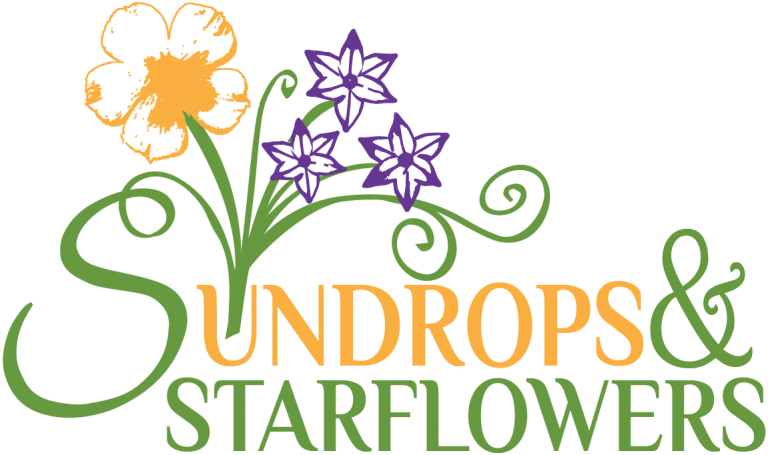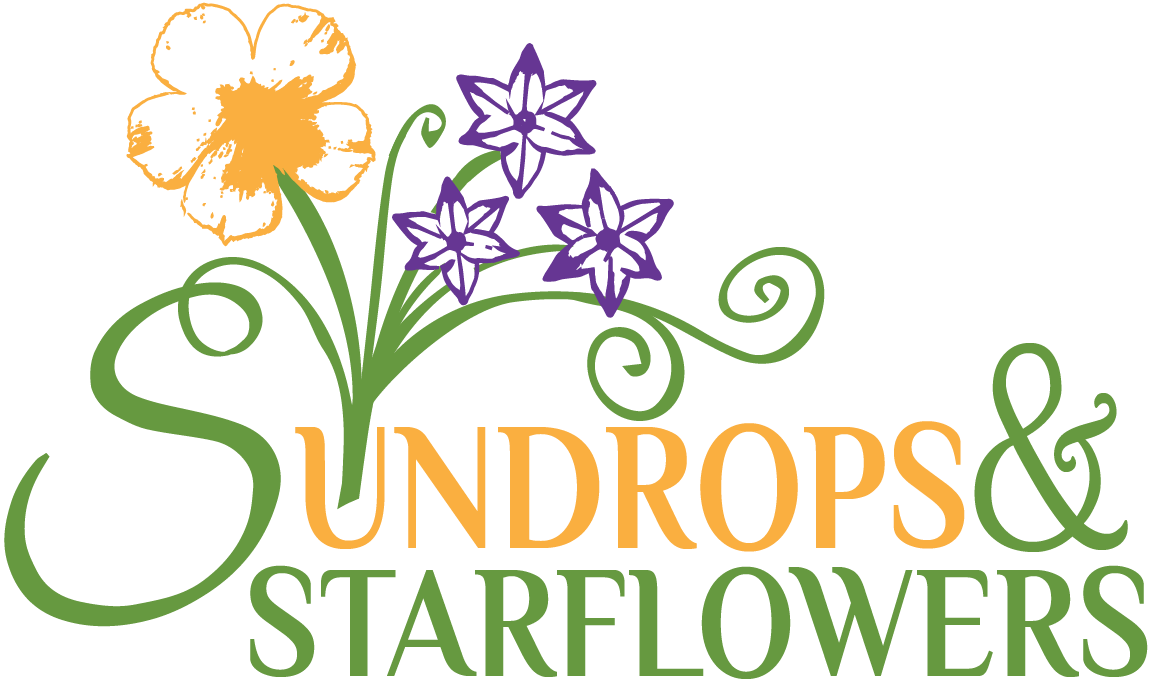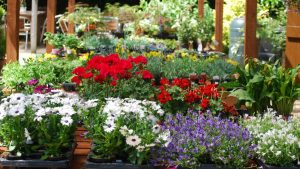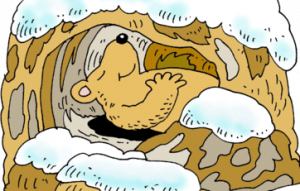(on some things)
We’re just past the spring equinox, the sun’s rays are lengthening, and spring fever is heating up – in between spring snow storms, of course! I squeal when I see Crocus and Netted Iris blooming and I’m looking forward to fresh cucumbers and tomatoes. Before we go crazy doing yard work, here are a few considerations.
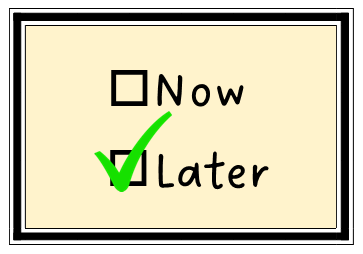
To Do Later
- To be really pollinator friendly, delay cleaning up all the perennial debris. Pollinators use the hollow stems of many perennial flowers, such as Salvia, Tall Sedum and Coneflower, to lay their eggs. A “good amount” of debris left over the winter means that the leaves are not piled so deeply that the soil microbes will suffocate. I’ll try to have all my garden clean up done by the middle of April as this removes pest and disease problems from the previous year but gives our native pollinators a few more weeks to emerge.
- Starting seeds for the vegetable garden too early results in elongation and weak growth. For a good yield, tomatoes, peppers, and pumpkins should be started indoors 6-8 weeks before the average last frost date. Our average last frost day is May 5 – but from my experience, that is way too early to trust Mother Nature and plant my garden. I will procrastinate until the first week of April to start veggie seeds indoors. I’ll plant my cool season veggies like peas and lettuce outside then, too.
- Delay fertilizing the grass until it starts to green up. Putting fertilizer on the ground now risks it all washing off in a spring rain storm before the grass has a chance to take it up. If you managed to get the lawn fertilized last fall, spring fertilization shouldn’t be necessary until May. For more information about lawn care, check this CSU Extension Fact Sheet.
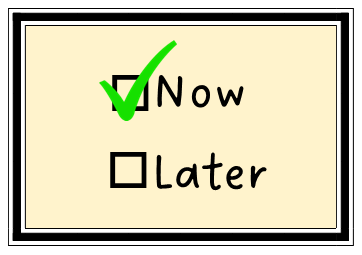
To Do ASAP
Some tasks, however, should be done as soon as you have the opportunity.
- If you had a bad problem with crab grass, foxtail, or goosegrass in your lawn, you’ll want to get a pre-emergent herbicide down right away. The trouble here is identifying the weedy grass-like plant. Pre-emergent herbicide does nothing against perennial weeds such as quackgrass, hard fescue, and yellow nutsedge. Since all of these weeds have blade-like leaves, distinguishing between them can be difficult. Be sure to have your weeds properly identified before treating with a chemical herbicide. Remember, good cultivation practices are your best bet against weeds.
- Trees and shrubs ought to be pruned within the next couple of weeks, if they haven’t already. It is easier on both the gardener and the plant when pruning is done before the leaf buds break. Ornamental grasses can be cut back now, too.
